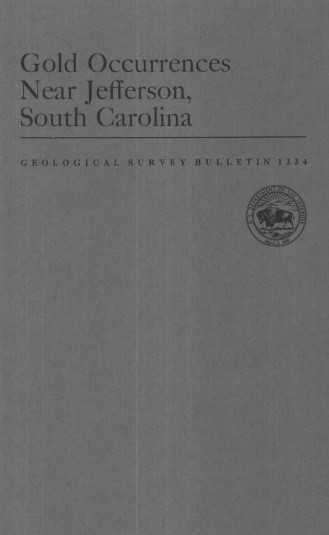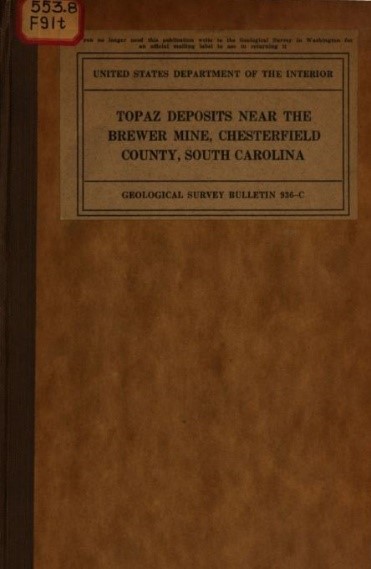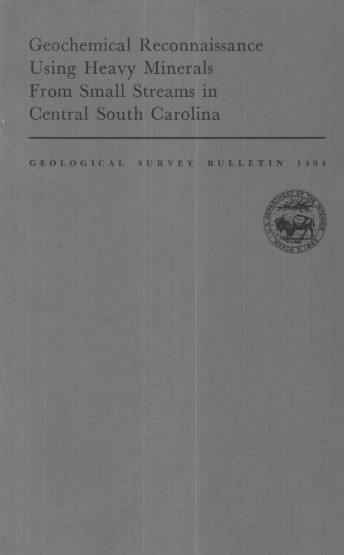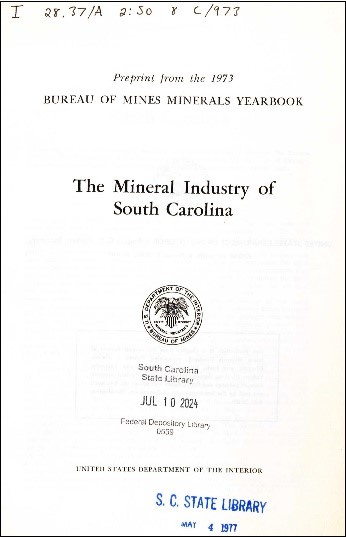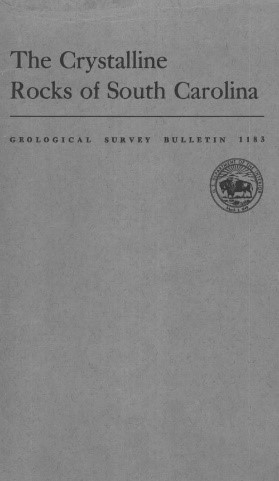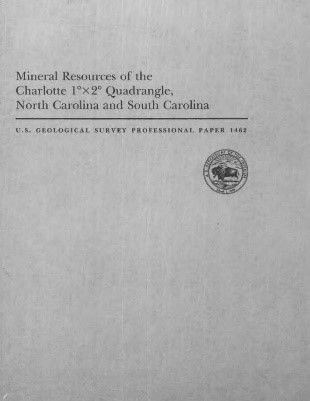South Carolina’s diverse terrain is home to a wide array of natural resources—from gold and topaz to cassiterite and crystalline rock formations.
This month, we highlight a curated collection of federal reports and geological studies that explore the state's mineral wealth, the science behind it, and its impact on industry and environment. These documents not only serve as valuable research tools but also underscore the importance of preserving and understanding the natural elements that make South Carolina unique.
Ever heard of cassiterite? How about alluvial magnetite? Now’s your chance to explore how scientists track down these minerals across streams, valleys, and rock belts. You can even peek into a vintage report showing a 4.2% increase in the value of our state’s nonfuel minerals—now that’s some economic sparkle! Whether you're a researcher or just naturally curious, these documents are a great way to celebrate our state's outdoor bounty. Check them out through the South Carolina State Library’s catalog and take your brain on a geological adventure!
Throughout June, we invite you to explore these fascinating titles—ranging from mineral maps and gemstone guides to historical mining studies—each offering insight into South Carolina’s rich geological story.

